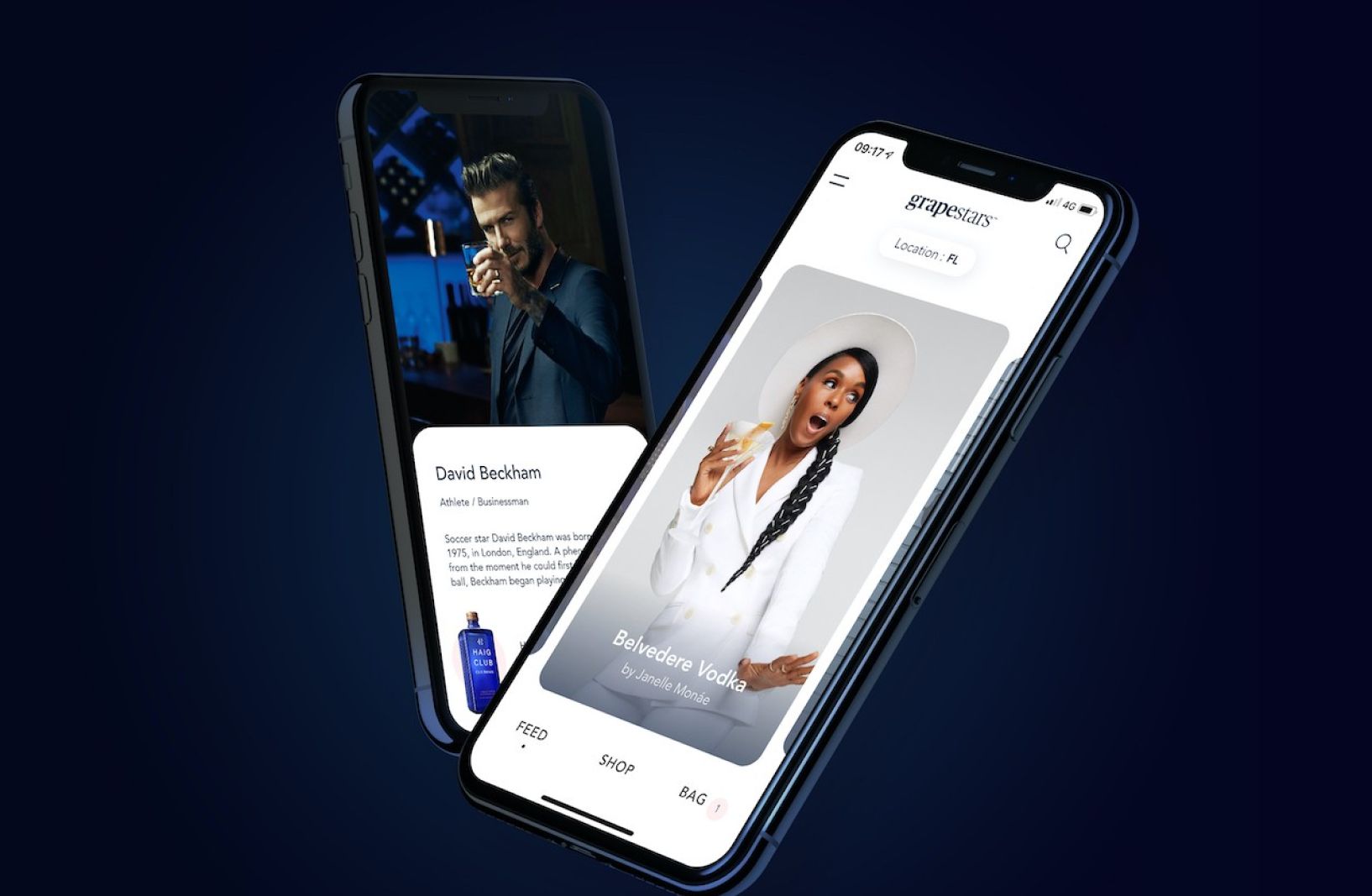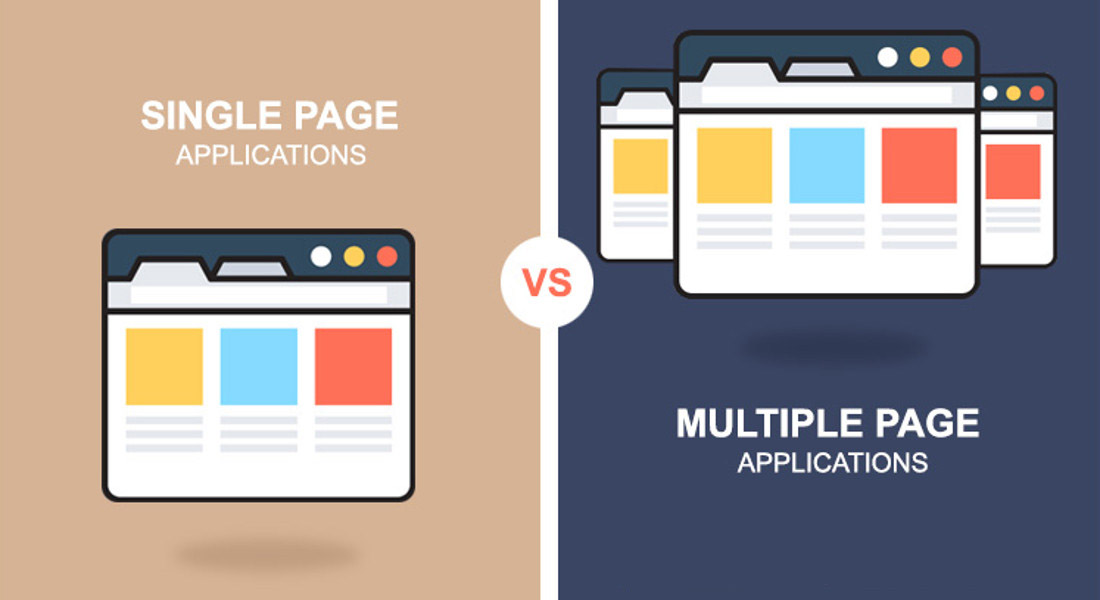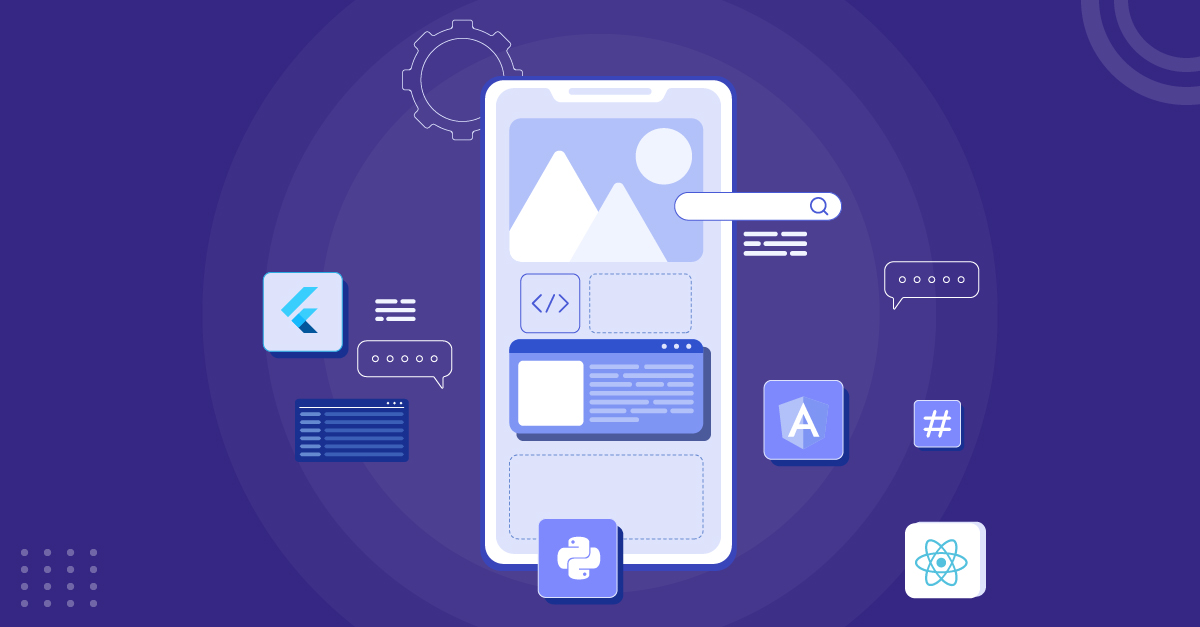Everyone enjoys amusement, isn’t it right? Being entertained can undoubtedly lift anyone’s spirits after a long day. Happiness arrives with entertainment, aiding in maintaining mental stability and well-being. Thus, online performers, celebrities, and artists booking mobile apps were created due to the demand for entertainment and the accessibility of the internet. These smartphone apps can assist you in finding and hiring artists who can provide you with entertainment wherever you are.
You can now comprehend the secret behind the constantly expanding entertainment industry and the precise reasons behind its continual success because of the enormous relevance of entertainment in our lives.
How Does a Mobile App for Booking Artists or Entertainers Work?
A mobile app for booking artists or entertainers is designed to facilitate the process of hiring performers, whether they are musicians, actors, comedians, magicians, or any other type of entertainer. The app connects event organizers, party planners, venue owners, or individuals looking to hire talent with the artists themselves. Here’s how such an app typically works:
User Registration:
- Users (both event organizers and artists) need to download the app and create an account. They provide essential details such as name, contact information, location, and sometimes professional credentials.
Artist Profiles:
- Artists create profiles within the app, including information about their skills, experience, repertoire, pricing, and availability.
- They can also upload photos, videos, audio clips, and other promotional material to showcase their talents.
Search and Discovery:
- Event organizers can search for artists using various filters, including location, genre, availability date, budget, and reviews.
- They can browse artist profiles to get an idea of the talent available.
Booking Requests:
- Event organizers can send booking requests to artists they are interested in. These requests typically include event details, such as date, time, location, and any special requirements.
- Artists receive notifications of these booking requests and can accept or decline them.
In-App Communication:
- The app often includes a messaging feature that allows event organizers and artists to communicate directly to discuss event details, negotiate terms, and finalize arrangements.
Payment Processing:
- The app may offer a payment gateway to handle financial transactions securely. Event organizers can pay artists through the app, which may hold funds in escrow until the event is completed.
Event Management:
- Both parties can use the app to manage event-related tasks, such as confirming details, sharing contracts, and tracking the event’s progress.
Ratings and Reviews:
- After the event, event organizers and artists can rate and review each other, providing feedback to build trust within the community.
Calendar and Notifications:
- Artists can manage their schedules through the app, and both parties receive notifications for upcoming events, bookings, and other relevant updates.
Admin Dashboard:
- The app typically has an admin panel for managing user accounts, resolving disputes, ensuring compliance with platform policies, and handling customer support inquiries.
Analytics and Reporting:
- The app may offer data analytics tools to help event organizers track their bookings and artists measure their performance and earnings.
Marketing and Promotion:
- The app may also include features for promoting artists through social media integration, email marketing, or featured listings.
Support and Feedback:
- Users can access customer support and provide feedback to help improve the app’s functionality and user experience.
What Advantages Do Freelance Artist Hiring Apps Offer?
Moving on to the advantages, these apps are advantageous for artists, performers, entertainers, and event managers in a variety of entertainment-related sectors. All of them can use this one app.
The simplest way to book artists for events is through an artist booking app, and most of these services provide simple access to dancers, singers, DJs, bands, comedians, etc., providing a variety of options for booking.
Time is really valuable, and these apps provide you with a lot of free time that can be used for other important duties that require your supervision rather than searching for talented musicians. In the end, it is advisable to rely on something far more capable for this purpose, such as an app that can look for the top artists nearby for you. You can earn more money while working fewer hours thanks to this efficient approach. Some of its numerous advantages include:
24-Hour Access: The majority of people today dislike booking appointments over the phone, but having an app makes it simple to do so online and offers a virtual office that is available 24/7/365 without holidays or breaks
Fewer Missed Appointments: People’s lives are busy, and when there is a lot going on, it can be difficult to remember all of the appointments. The artist booking app helps artists remember booked appointments by saving them in the app calendar and sending them frequent alerts about upcoming events, which keeps everything organized. Additionally, the app lets you choose your cancellation policy; as a result, any customers who try to cancel inside the policy’s window of time are aware that they will be charged a price. Additionally, rescheduling is simpler when using a booking app because clients can see your schedule through the app and choose a time that works for them to locate a time period that accommodates their hectic schedule.
Easy access to additional information: With an app, users may easily find out information about the fees in addition to having better insight into artists’ schedules. In this manner, customers can easily book the artists based on their convenience and needs.
Ensures Security: Both the app owner and the users of the artist booking mobile app value privacy as a key aspect. An online system for booking artists makes sure of that totally by providing exceptional security for both app owners and users. As a result, the outdated paper system for keeping track of client information is no longer necessary, and there are no concerns if the paper is lost or the computer crashes. Because of the cloud-based nature of today’s technology, any type of information may be accessible at any time and from anywhere in the world.
Savings: Using an artist booking software can help you save a lot of money in addition to time and effort. You can avoid incurring numerous other costs by using this method instead of physically seeing the artist to book them for the event, such as your commuting costs.
No requirement to use assistants: It is beneficial to have assistants to help with a lot of the work, but at the end of the day, remember that they are only human. Humans make mistakes, get sick, and require some time to learn new systems when a new assistant is being trained. However, there is no need to place calls when booking performers online through an app. They have access to all the information on the app platform and can be simply scheduled via the app. In this approach, the app can handle every aspect of the booking process.
Next, let’s determine the monetization methods that are effective for the Artist Booking mobile app.
Artist booking apps’ monetization techniques
Commissions– The app owners receive a fixed percentage of the retail price of any third-party services users purchase that are advertised on the app platform.
Advertisements– The creative Booking app’s ads are a great method to earn a lot of money. Here, adverts for local events or comedy performances can be displayed in the app, and the proprietors of the app can charge whatever amount for doing so.
Highlighted Listings– With this tactic, the advertisements are listed, and they are given preference in the app’s locations. These listings are purposefully positioned to gain the most exposure to prospective buyers.
Some Well-Known Online Artists Hiring Apps & Websites
Some online applications and services that individuals use to hire online artists, celebrities, and performers include Jillmore, BookArtisto, BookMyFace, Starclinch, BookMyArtist, SpecialGuest, BookLive, and Scarlett Entertainment.
What Characteristics Do Online Artist and Performer Booking Apps Have in Common?
- Create an Account by Signing Up
- New work by the artist
- Watch the performers and go in
- Information through push about upcoming events and developments for artists
- streaming live video
- Consult the list of performers and artists that are now available.
- Using categories, pricing, and ratings, sort and filter the artists.
- choosing an event type
- Pick the time and place for the event.
- Converse with artists
- Payment in a variety of currencies
- The event location should be disclosed.
- Give artists feedback and ratings
Features and Administrator Duties in a Booking App for Artists
- Find and bring on board fresh, outstanding musicians for the platform.
- Matching clients with artists based on their needs
- adjusting the platform to meet the demands of clients, artists, and event planners
- regulating and vetting new artists before introducing them to customers
- In charge of payments
- Managing evaluations and comments
Advanced Artists Booking App Features
Social Login & Signup
Users can quickly register for the app using their social networking accounts thanks to this app’s capabilities. This spares them from going through the drawn-out registration process.
Notifications through Push
In this case, the app notifies users via push notifications and alerts of impending events or other critical information. This is a fantastic method to keep consumers interested in the software.
Internal Calendar
With an internal calendar, the user of an artist booking mobile app can stay informed of upcoming events, making this a handy feature.
Integration of CMS
The content on the artist booking applications can be actively managed by the app owners thanks to content management systems (CMS).
Online Chat
Again, this is a really important feature because many people find texting to be more convenient than talking on the phone, and in-app chat enables them to do just that.
Review and criticism
Here, app users can leave reviews and comments about the app as well as rate and review performers so that event organizers can read these reviews and make appropriate artist bookings.
How Do I Make A Mobile App For Artist Booking?
It is advised to contact an artist-booking app development company if you intend to create a mobile artist-booking app for your organization in order to achieve the required outcomes. It has a clear understanding of what is actually needed to make a fantastic app because it is an app development firm. The Artist Booking App Development Team needs the following specialists, to speak for the team:
- Managing Project
- A group of developers for iOS and/or Android
- UI/UX designers
- auxiliary structural engineers
- Quality Analysis Professionals
Stages Of App Development For An Artist Booking App
Speaking of the development stage, these are the steps that the process involves for creating an app:
Ante-contractual phase
At this stage, the software company determines the project needs and business requirements of the clients, then brainstorms the best choices and develops a technical plan in line with those criteria. At this stage, project owners, stakeholders, business analysts, and project managers collaborate to develop a comprehensive vision for the Artist booking app, including a timeline, budget, technology stack, and other factors. The choice of a technology stack is thus made simpler by technical analysts, who provide an overview of the development tools that are available.
Creating Phase
This phase focuses on wireframing, mapping, mockups, and many other activities.
Level of Development
A Proof of Concept (POC) is developed at this stage to evaluate the app’s concept and outcome as quickly as feasible. If the program calls for them, one can also construct hard-coded routes and customized features.
What Does It Cost To Create A Mobile App For Artist Booking?
The cost of developing an app depends on the functional requirements of each individual app, and this is also true for the Artist Booking mobile app, where the features, functionalities, third-party integrations, location of the app development company, and a number of platforms all play a significant role in determining the cost of Artist Booking app. Now that we have a rough estimate, the cost should be between $25000 and $35000 for an app with basic features and for a single platform, and between $50000 and $60000 for an app with advanced functionalities and many third-party API integrations and for multiple platforms.
Conclusion
How we interact with and access live entertainment has been revolutionized by the creation of artist booking applications. By bridging the gap between artists and their followers, these apps give event planners, venues, and private individuals an efficient platform to hire talent quickly.
Developers must put user experience, security, and application transparency first as technology develops. These platforms give artists a wider audience and more chances while also democratizing the booking process. The future of the entertainment industry will definitely be significantly shaped by artist booking applications as the desire for live concerts and personal appearances rises.




